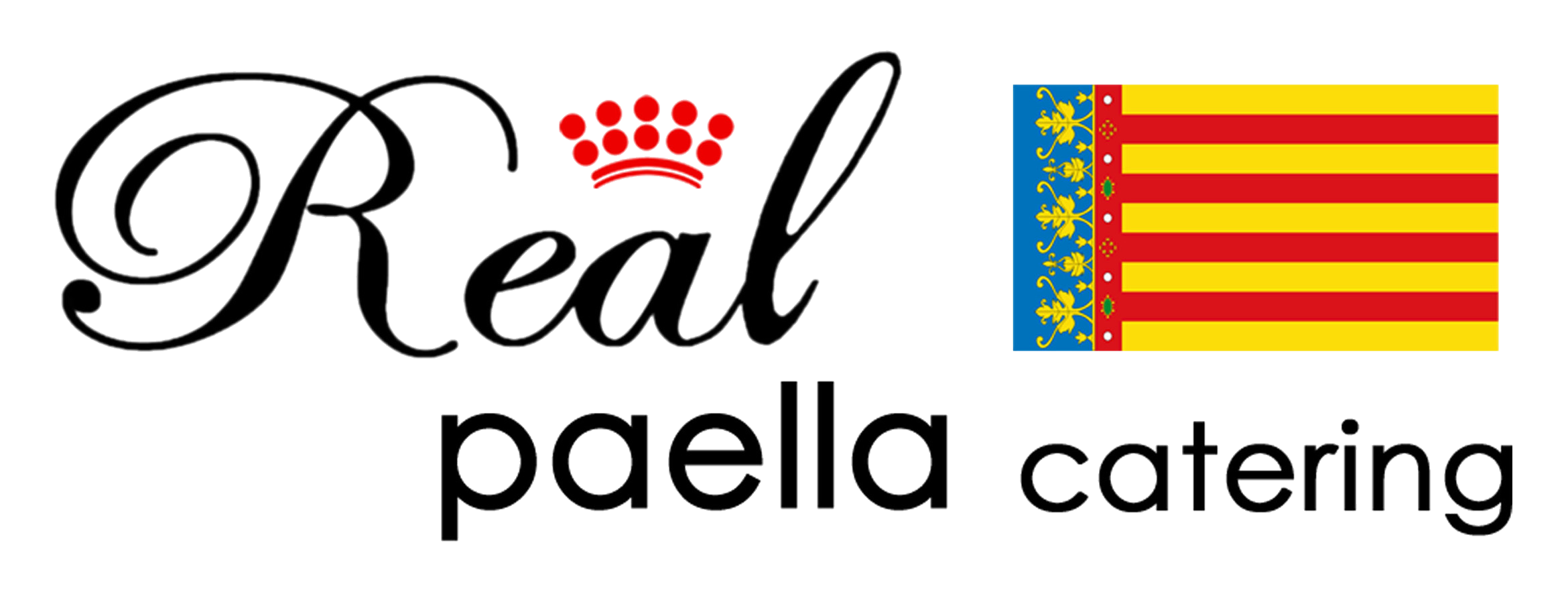This is Spain’s traditional sausage, seasoned with paprika and garlic.
Chorizo seems to have its origins in the Catalan xoriço. There are seventeen officially recognized varieties of in Catalonia. It is usually made from lean pork (Iberian pig), garlic, paprika, red bell peppers, and red chile pepper flakes.
The period from late fall through early spring is called the montanera, or acorn season, when pigs feed on the acorns of these trees, each eating about 22 to 26 pounds of acorns a day. The Iberian pig, which descends from the wild boar of southern Europe, is not a handsome specimen. It has drooping ears, a long snout, thin legs and dark hair. But its meat has a dense striping of fat and intense flavor, which produces the most sought-after cured hams in Spain.
It takes a few weeks to cure chorizo and sometimes up to four months, depending on the size and the time of year. During that time,the meat dries and absorbs the smoke — smoke from the very wood whose fruit flavors the meat.
Not all chorizo is made in exactly the same way. Each region has its own tics. In fact, some producers, like Palacios, do not actually smoke their sausages. But even air-cured chorizo like these have a mysteriously smoky quality. Because of the strict standards, Palacios is just one of three Spanish companies exporting cured pork products to the United States
Paprika was not known until the New World was discovered, but there were other sausages. You can still find today in Spain chorizo without paprika. It’s called white chorizo.
Like all foods with terroir, chorizo tastes a little bit of the air and the earth, the very character of the region. All of this makes for a flavor distinguishable from almost any other chorizo.

